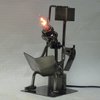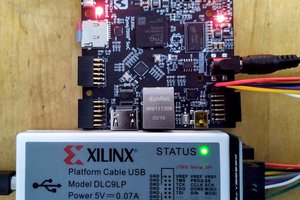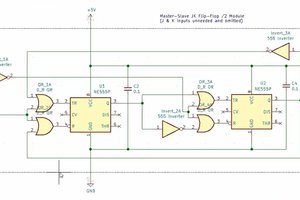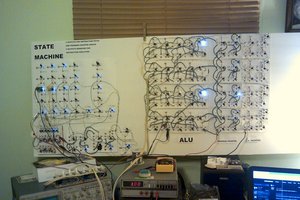It´s a solo project, just to get my head free from the dayjob.
The reason it´s solo is to avoid pressure, sync-ups and deadlines,
basically using it as escapism without having any obligations.
GLASNOST Vacuum Tube Computer
A vacuum tube computer without semiconductors,
4-bit Von Neumann, 4096 words core memory, graphics output
 Paul Kocyla
Paul Kocyla





 James Ots
James Ots
 Astronomermike
Astronomermike

 Dr. Cockroach
Dr. Cockroach
Just checking on the status of your project :)